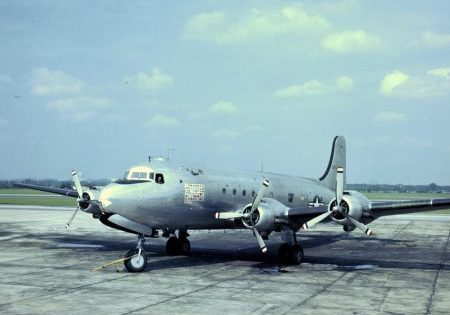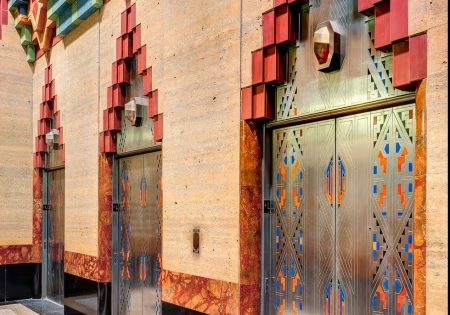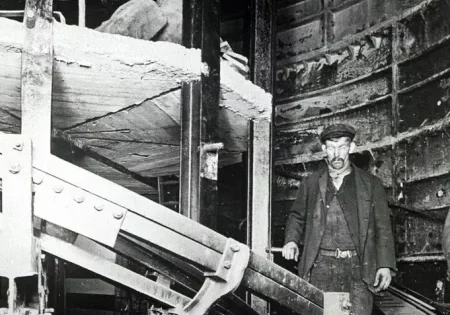Looking Back at a Megaproject

Structural bracing near the portal just north of WMATA’s Grosvenor station; image courtesy of GWU Archives via Greater Greater Washington
Subways and commuter rail systems are important transportation options in most of the large cities in the U.S. They help reduce roadway congestion and the pollution produced by automobiles and, because they are either underground or elevated, they provide quick and efficient travel throughout metro areas. And, as we all know, thanks to the Americans With Disabilities Act, their stations and platforms are equipped with vertical transportation: large-capacity elevators and heavy-duty escalators that keep people on the move. In a nostalgic look back at the genesis of one of the nation’s best-known metro systems, website Greater Greater Washington has posted photographs documenting the construction of the Washington Metropolitan Area Transit Authority (WMATA) Metrorail system serving the Washington, D.C., area, the first segment of which opened in 1976. The digitized photographs were released by the George Washington University (GWU) Archives, and include a rendering of the Wheaton Station escalators, the longest single-span escalators in the Western Hemisphere. If you’re into construction photographs, these will give you a fascinating look behind the scenes at the work involved in creating the nation’s second-busiest metro system.
Get more of Elevator World. Sign up for our free e-newsletter.










